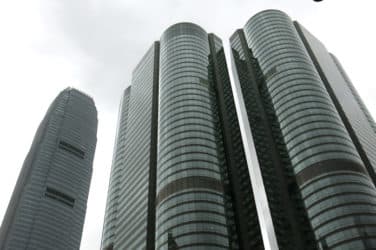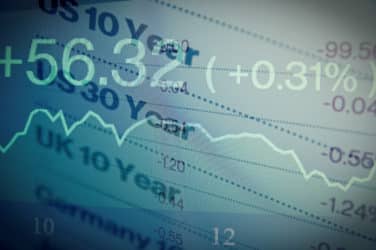(this article originally appeared on Reuters)
Japan plans to tighten regulations on high-frequency trading (HFT), whose growing presence in the Tokyo Stock Exchange has raised concerns such trades could destabilise the market and put retail investors at a disadvantage.
Regulators in Europe and elsewhere are also placing high-frequency traders, who use ultra-fast computers to automatically place trades, under closer scrutiny as they have been blamed for accentuating market volatility.
Japan’s market regulator, the Financial Services Agency, made public on Wednesday its plan to require high-frequency traders to register and to ensure proper risk management measures are in place.
HFT accounted for about 70 percent of orders placed at the Tokyo Stock Exchange in 2016, FSA said.
The agency said, however, it needs to have a tighter grip on HFT given concerns raised by market participants that these high-speed automatic trades could destabilise market.
Others were worried that retail investors without access to such services might feel disadvantaged and thus stop participating, FSA said.
India’s capital market regulator in August said it was looking at various potential limits on so-called algo traders, including imposing “random speed bumps,” which would randomly delay execution of some orders.





